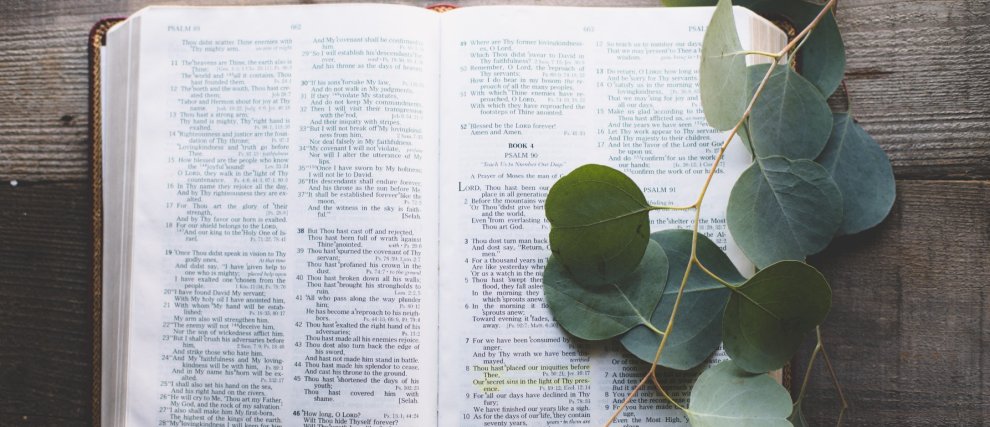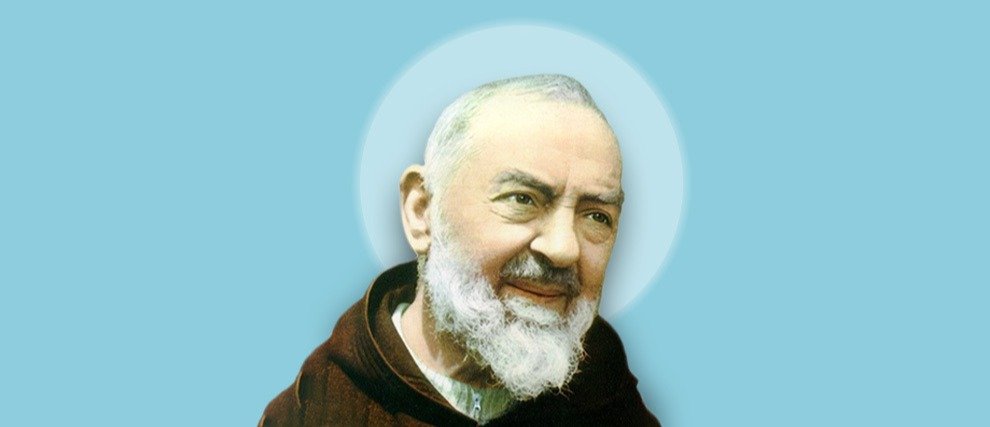Guide to Christian Feast Days and Solemnities
Among Christians, the year is marked by a liturgical cycle that revolves around feasts and solemnities. Some are well known (such as Easter, the Assumption, Pentecost, All Saints' Day) and—corresponding to public holidays—punctuate the life of society, exceeding the strict framework of the religious festival. Some are directly related to the life of Christ, such as Christmas, the Palm Sunday, and the Ascension. Others were instituted later, including those related to certain devotions, the Virgin Mary or certain saints. Catholic holidays are therefore more numerous than those of the Orthodox and Protestant faiths.
What are the highlights of the liturgical year? How is the holiday calendar composed? What are the origins and meanings of the different Christian feast days? Find out more about these sometimes little-known holidays that have punctuated our daily lives for centuries!
In order not to miss any feast of the liturgy, receive on Hozana!
Organization of the liturgical year
The liturgical year allows us to live and celebrate the great Christian mysteries, especially those related to the incarnation and redemption. Thus, the mysteries of Christ's life are relevant in our time, challenging us every year, wherever we are in our lives.
The liturgical calendar is organized on a three-year cycle, allowing you to go through the three synoptic gospels (Gospel of Matthew in year A, Gospel of Mark in year B and Gospel of Luke in year C). Each year, five major liturgical times return.
The time of the Advent
This preparatory period for the mystery of the Nativity lasts four weeks. It begins on the fourth Sunday before Christmas (end of November) and ends on Christmas day. The new liturgical year begins with the Advent.
Christmas
On December 25, the Christmas season opens, which lasts until the feast of the Baptism of the Lord, celebrated on the Sunday following January 6, the date of the Epiphany. The Christmas season is marked by different feasts and solemnities in the Catholic calendar: the feast of the Holy Innocents, the feast of the Holy Family, the solemnity of Saint Mary, Mother of God (January 1), and that of the Epiphany.
Ordinary Time
Ordinary time corresponds to the periods between the major highlights of the liturgical year (Advent, Lent and Easter). It includes 34 Sundays over two periods of the year.
The first period of ordinary time is therefore between the feast of the Baptism of the Lord and Ash Wednesday. At the end of January, the week of Christian unity takes place.
Christmas
Lent begins on Ash Wednesday. It lasts 40 days and ends with the celebration of Christ's Resurrection on Easter Sunday. The last week of Lent is Holy Week, which begins with Palm Sunday. It is an important moment for Christians, who then relive Jesus' last days, his passion and his death, on Good Thursday and Good Friday.
Easter Time
The Easter season is the 50-day period following the feast of Easter and runs until the feast of Pentecost, when the Church commemorates the outpouring of the Holy Spirit on the disciples, 10 days after Jesus' Ascension to Heaven. It is a time of joy, especially the octave of Easter that follows Easter Sunday and ends with the feast of Divine Mercy, the following Sunday.
Resumption of Ordinary Time
The second part of ordinary time begins after Pentecost. It continues until the end of the liturgical year, with the feast of Christ the King. The following Sunday - the first Sunday of Advent - begins a new liturgical cycle.
This period also includes holidays and solemnities, such as, for example:
The feast of the Blessed Sacrament (also called Feast of God in France), celebrated on the 2nd Sunday after Pentecost
The feast of the Sacred Heart, third Friday after Pentecost
The feast of the Holy Trinity, in June (movable feast occurring on different dates among Catholics, Anglicans, and Orthodox)
The feast of the glorious cross (Catholics) - or Exaltation of the Most Holy Cross (Orthodox); September 14
Origins and implementation of the holiday calendar among Christians
It is not easy to navigate among the many religious holidays that flourish within the Christian calendar. There are different degrees of liturgical celebrations: from solemnities (most important feasts), to memorials, which can be mandatory or optional (Discover the difference between solemnity, feast and, memorial in the Catholic Church).
Certain feasts are at the heart of the Christian faith and have been celebrated since the early days of the Church, but there are many that have been instituted over the centuries, thus marking positions taken especially by the Catholic Church. This is why today, not all Christians necessarily share all these feasts. They are also very linked to cultural traditions, and do not necessarily have the same importance in each country, or even exist everywhere. For example, this describes feasts related to saints.
The dates of these feasts could also have been modified on different occasions:
- to support pagan festivities or feasts from the already existing Jewish tradition. This thus made it possible to espouse certain rites and popular habits while giving them a new orientation; Christ thus coming - not to erase the old - but to join man in his life and enlighten him with a new day.
- to try to keep a certain consistency between the commemorated biblical events.
Even today, there are fixed holidays (the date being the same each year), and other moveable holidays (the date being recalculated each year).
The temporal cycle: feasts related to the Christian mysteries (incarnation and redemption)
This cycle includes the feasts related to the life of Christ and salvation, including the times related to Christmas and Easter. The feasts and solemnities that make it up are often called “moveable”, their date changing each year according to the lunar calendar. They are fixed from Easter, which—since the Council of Nicaea in 325—is celebrated on the Sunday following the first moon after March 21 (day of the spring equinox). From this date, the others follow: Ash Wednesday, Ascension, Pentecost.
Some feasts related to the life of Jesus are, however, celebrated on fixed dates:
- those related to Christmas: the solemnity of the Annunciation of the Lord, 9 months before (March 25), but also the feast of the presentation of the Lord in the Temple (40 days after Christmas).
- the feast of the Transfiguration on August 6, commemorating the appearance of Jesus in all his Glory to the apostles on Mount Tabor.
Discover the richness of biblical stories in the Bible guide.
The Shrine Cycle: Feasts of Saints, Feasts and Marian Solemnities
The sanctuary cycle includes the feasts of the saints as well as the feasts and solemnities related to the Virgin Mary. These are fixed from the solar calendar and correspond to fixed dates. Some are said to be “universal” and are celebrated by the entire Catholic Church, others are regional to celebrate the patron saints of countries, cities or regions.
Here are some of the main Marian feasts:
- The feast of the Immaculate Conception; December 8 (9 months before the birth of the Virgin)
- The feast of the nativity of the Virgin; September 8
- The feast of the visitation of the Virgin Mary, May 31
- The feast of the Assumption (Catholics) or Dormition (Orthodox); August 15, which celebrates the rise to heaven of Mary
- The feast of Mary, mother of the Church, celebrated on Pentecost Monday by Catholics
- The feast of the immaculate heart of Mary, celebrated the day after the solemnity of the Sacred Heart of Jesus (three weeks after Pentecost)
- The feast of Our Lady of the 7 Sorrows
(Discover beautiful prayers to Mary corresponding to these different devotions in the prayer guide.)
Here are some of the great feasts and solemnities of the saints: - The feast of All Saints (November 1) is the feast of all saints, and of the path to holiness to which we are all called. - The feast of the holy apostles Peter and Paul, June 29; - The feasts of Saint Joseph (March 29) and Saint Joseph the craftsman (May 1); - The feast of the holy archangels on September 29 for Catholics (on the occasion of Saint Michael) or November 8 (for Orthodox), - Saint Nicholas, December 6 - Valentine's Day, February 14
(Discover the life and work of the great saints of yesterday and today in the Guide to Saints.)
Celebrate the highlights of the liturgical calendar with Hozana!
Hozana, the first Christian social network, offers many online prayer communities - including novenas and retreats - to pray together, especially on the occasion of major Christian holidays: during Lent, , , .
You can also sign up to receive , and thus follow the liturgical times throughout the year.
Every day becomes a feast by walking with the Saints! Join to learn about each saint throughout the year.

